Advice on apple espalier please
aacharley
9 years ago
Related Stories

EDIBLE GARDENSHow to Add an Apple Tree to Your Edible Garden
Readily available, beautiful and fragrant, apple trees offer four-season interest along with crisp, juicy fruit
Full Story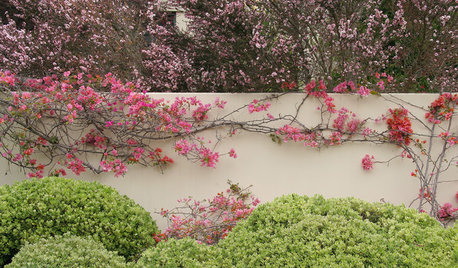
LANDSCAPE DESIGNThe Art of the Espalier
Go ahead, let limited garden space drive you up the walls. With these 6 ways to train plants vertically, it can be a beautiful thing
Full Story
HOUSEPLANTSMother-in-Law's Tongue: Surprisingly Easy to Please
This low-maintenance, high-impact houseplant fits in with any design and can clear the air, too
Full Story
EDIBLE GARDENSWhy Grow Quince? For Beauty, Fragrance and Old-Time Flavor
Delightfully perfumed fruit and lovely spring blossoms make this apple and pear cousin worth a spot in the garden
Full Story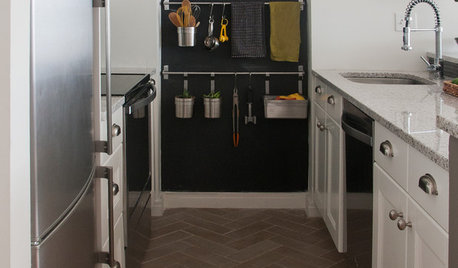
LIFEYou Said It: ‘Use the Imperfect as an Opportunity’ and More Wisdom
Design advice, inspiration and observations that struck a chord this week
Full Story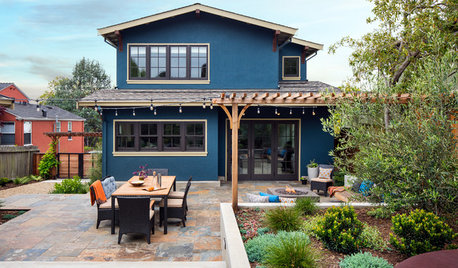
LANDSCAPE DESIGNHow to Make Your Painted or Stained House Feel at Home in the Landscape
Use color and texture to create a pleasing connection between your house and garden
Full Story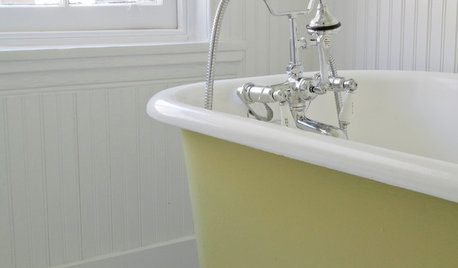
BATHROOM DESIGNRub-a-Dub-Dub, Add Color to Your Tub
Perk up that old claw-foot with a hit of paint that’s as bold or subtle as you please
Full Story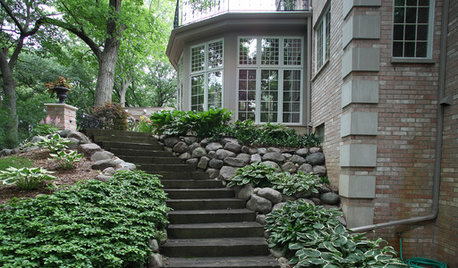
GARDENING AND LANDSCAPINGHow to Work With a Landscape Pro
Lush lawns and gardens don't create themselves. Here's how to work with a landscaping professional for a smooth process and pleasing results
Full Story
DECORATING GUIDES9 Stylist Tricks for a Decorator Look
You don’t need to be rolling in cash to pull in compliments for polished, eye-pleasing rooms
Full Story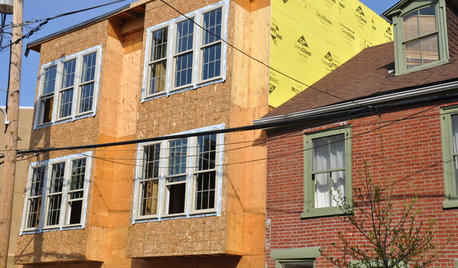
WORKING WITH PROS5 Steps to Help You Hire the Right Contractor
Don't take chances on this all-important team member. Find the best general contractor for your remodel or new build by heeding this advice
Full Story







myk1
aacharleyOriginal Author
Related Professionals
Manchester Landscape Contractors · Springfield Landscape Contractors · Barrington Landscape Contractors · Brockton Landscape Contractors · Canton Landscape Contractors · Canyon Lake Landscape Contractors · Chattanooga Landscape Contractors · Cincinnati Landscape Contractors · Englewood Landscape Contractors · Kaneohe Landscape Contractors · Lemoore Landscape Contractors · New Cassel Landscape Contractors · North Highlands Landscape Contractors · Raleigh Landscape Contractors · Streamwood Landscape Contractorsmyk1